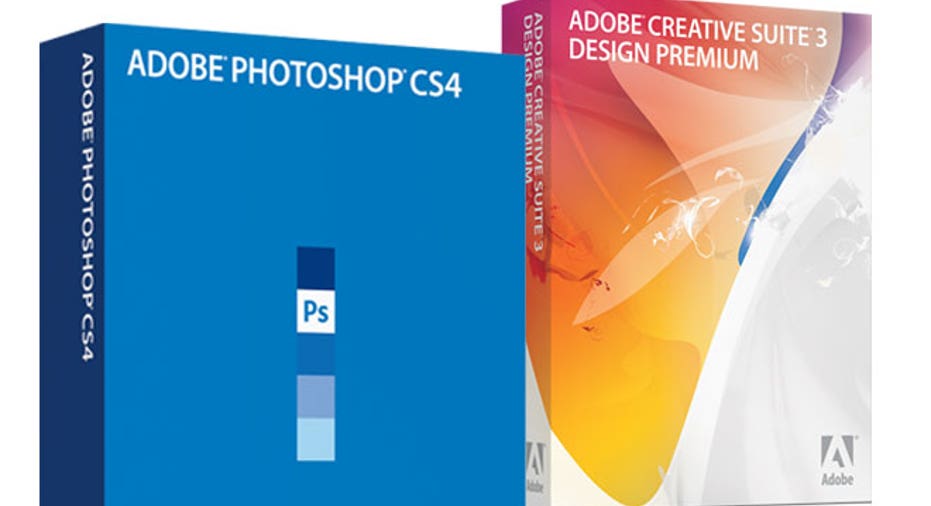Adobe's Urgent Plan to Keep Itself From Becoming Irrelevant

Adobe is making some big changes, like speeding up releases and experimenting with subscription pricing, to stay relevant in the face of fast-moving trends like the rise of mobile devices.
Adobe announced the changes this morning as it released Creative Suite 5.5, a big update to its tools for designers.
The move comes as Adobe struggles on some fronts -- particularly getting a good version of Flash out for mobile devices. Apple won't support Flash on the mobile version of Safari for iOS, and Motorola's Xoom tablet (based on Android 3.0 Honeycomb) shipped without promised Flash support -- and then the first beta release of Flash for Xoom was kind of weak.
Adobe still dominates design departments, but the company realizes it has to work extra hard to keep this audience buying and updating its products.
Here are some highlights of this morning's announcement:
Faster release cycle. Adobe will update the Creative Suite products with "significant midcycle releases" like this one, which comes only a year after the last release. It will also do major updates at least every two years.
Subscription pricing. To lower up-front costs for new customers, Adobe is introducing subscription pricing -- customers can start using Photoshop for as little as $35 per month, and the full Creative Suite Master Collection for $129 per month. Customers will automatically get the latest version of the software.
New iPad apps and tablet support. Adobe's design tools have generally been locked to the Mac or PC, but designers are increasingly interested in using tablets, just like everybody else. Photoshop requires way too much power to run entirely on a tablet, but three new iPad apps will let designers do certain things, like paint with their fingers, then send the final design to the full version of Photoshop for more processing. Adobe has also released a software development kit that will let third parties create Photoshop add-on apps for the iPad, RIM PlayBook, and Android tablets.
Other changes include a new version of FlashBuilder that will let designers build Flash apps for the three most important mobile platforms today -- Apple's iOS, Google's Android, and RIM -- and more support for HTML5, which is a standards-based way to create the kinds of rich interactive Web applications that previously required a plug-in like Adobe's Flash.
The Creative Suite and its component applications like Photoshop, Illustrator, and InDesign, are the company's most important products by far, and accounted for more than half of Adobe's $3.8 billion in revenue last year.
More from BusinessInsider.com:
- Do Demi Moore And Ashton Kutcher's Human Trafficking Videos Seem A Little Too Cheerful To Anyone Else?
- Microsoft's Windows App Store Revealed In Leaked Screenshots (MSFT)
- These Apps Will Help You Get Your Taxes Done Before It's Too Late
- Hospital Stocks Crushed On Lawsuit That Claims They Unnecessarily Admit Patients (THC, CYH, HCA, UHS, HMA, KND)